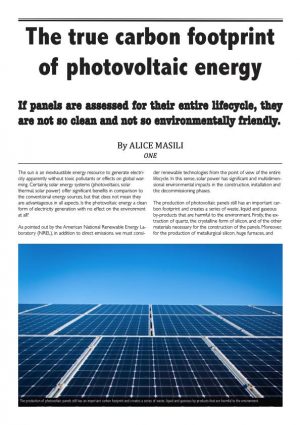A 2011 report showed that solar s carbon footprint averaged at roughly 85 tonnes of carbon dioxide equivalent co 2 e per gigawatt hour gwh while natural gas and coal came in at 499 co 2 e gwh and 888 co 2 e gwh respectively.
Do solar panels take less water than coal.
In comparison a similar coal power plant would use less than a square mile though further down the food chain land is used for mining as well.
There are two interesting side notes drawn from the river network s report worth mentioning.
And we know that solar is getting more efficient over time.
Because less than 11 of each panel has salvageable metals there isn t much money in recycling.
When solar panels do reach their end of their life today they face a few possible fates.
This has made pv recycling a bit of a challenge in the us.
Workers install solar panels in california.
In japan india.
So let s get this straight.
The more efficient solar becomes the less space it needs to generate each kilowatt.
So looked at energy generation over time the land footprint of coal is at least 20 bigger than that of solar.
Although this process still consumes some water it s only 1 or 2 percent of the water necessary for coal and natural gas energy production.
The big boom for solar installations.
Greenhouse gas emissions hazardous materials such as hydrochloric acid and acetone are also used in solar cell manufacturing.
The overall greenhouse gas emissions involved in solar energy is still much lower than coal or natural gas.
Although solar energy is a clean alternative to fossil fuels making the panels themselves can have a negative environmental impact.
Wind handily beats out even solar pv at less than a gallon per megawatt hour.
Law producers are required to ensure their solar panels are recycled properly.
First solar isn t the most water efficient form of energy generation according to those 2012 figures.
And that is with solar at its current efficiency.
The 550 mw desert sunlight solar farm for example is one of the largest solar power plants in the world with 8 8 million solar panels covering six square miles.
I say at least because the most often cited report is by danish utility vattenfall from 1999.
































/Solarpanels-3156a12e053e49c88e4d7f53254fb8a8.jpg)















